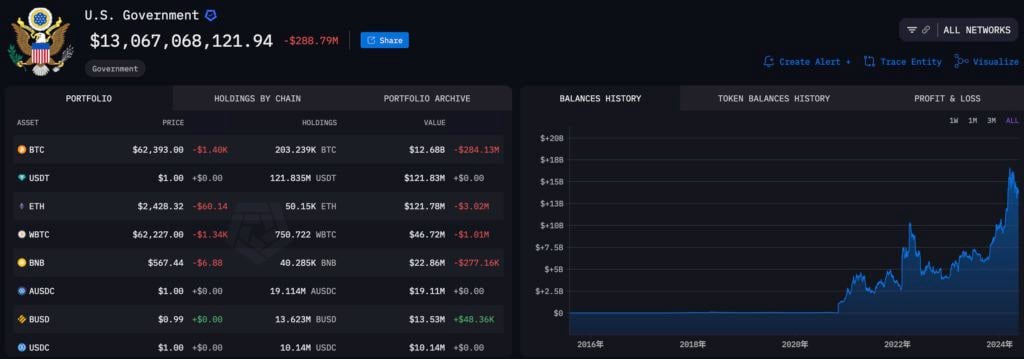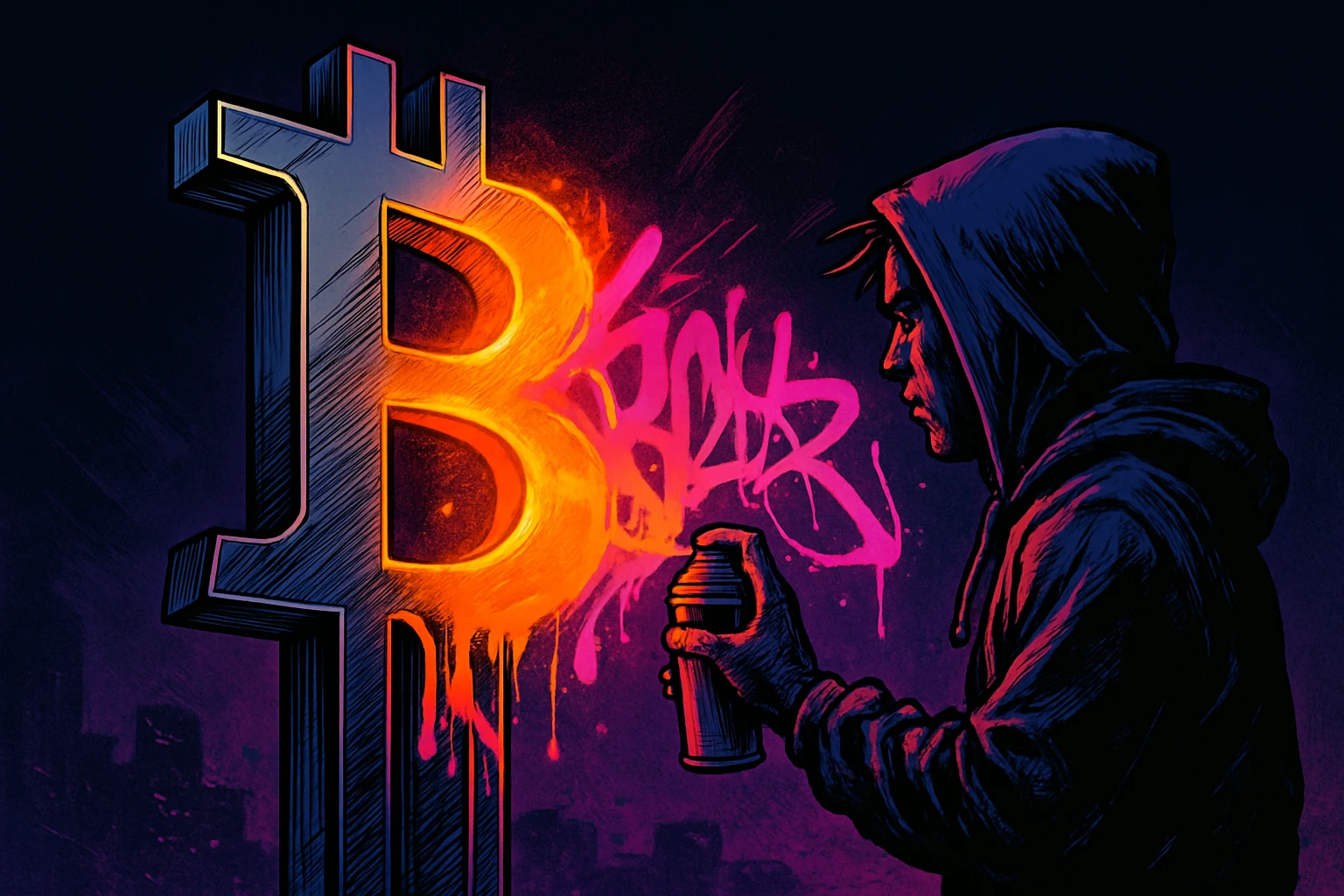In August of this year, Charles Schwab published an article titled “How to Invest During a Bear Market,” advising investors on how to invest during a bear market. This article is a translation and summary of that article for readers’ reference.

CompareBitcoin officially fell below $100,000 this week, hitting a new low since June 24 this year. The market generally believes that the warning for this downward trend officially sounded after the “1011 crash” in October this year. After experiencing a single-day market liquidation of up to $19 billion, the crypto market has been sluggish since October. Today (14th), Bitcoin even fell below $95,000 at one point, with a drop of up to 7% in the past 24 hours, causing many market participants to fearfully shout: This bull market is really over.
While some optimists still believe this is merely a “temporary correction,” a growing number of analysts are warning that we must confront the possibility that a “crypto bear market has arrived.” Historically, every bear market has been a brutal stage for wealth redistribution—some panic and sell at the peak, while others quietly position themselves for the next upward surge.
Against this backdrop, I cite an article published in August of this year by Charles Schwab, a giant in asset management with over $9 trillion in assets under management, titled ” How to Invest During a Bear Market .” While the original article was aimed at US stock investors, the core investment wisdom extracted from it seems applicable to cryptocurrency investors as well. The following is the original text from Charles Schwab:
How to invest in a bear market
Bear markets are a normal part of the market cycle. Understanding their basic definition and history can help investors make more strategic decisions when a bear market occurs.
Investing in a bear market is counterintuitive. When traders jump into a continuously collapsing market, they must be mentally prepared for “potentially more losses for a while” in order to have a chance to reap greater rewards when the bear market ends and the bull market takes over. This is a bitter pill, and many investors just can’t swallow it, thus missing the golden opportunity to “truly buy at the bottom.”
Everyone’s heard the saying, “Don’t try to catch a falling knife.” It sounds reasonable, but when a bear market truly arrives, this advice is actually useless. Because at that time, it might not just be one knife, but a “flying knife” that continues for a long time. However, think about it another way: a falling stock only truly becomes like a knife if you try to catch it in the wrong way.
When the market crashes, savvy investors try to acquire as many high-value but oversold stocks as possible without getting hurt. So, how should one position themselves to prepare for the next bull market without being severely damaged by a bear?
It will be more helpful to first understand the basic characteristics of a bear market.
What is a bear market?
A bear market refers to a market decline of more than 20% driven by fundamental factors. It is typically accompanied by a weakening economy, large-scale stock sell-offs, and widespread panic and pessimism among investors.
How long does a bear market typically last?
According to CFRA’s statistics on the S&P 500 index:
The shortest bear market lasted only about 3 months (1987 and 1990).
(This excludes the lightning-fast drop in April 2025, which technically put the three major indices into a bear market due to tariff shocks but only lasted for three trading days.)
The longest bear market lasted three years, from 1946 to 1949. The average duration of the last 12 bear markets was approximately 14 months.
How deep does it fall on average?
The shallowest drop was in 1990, when the S&P 500 fell by about 20%.
The worst was the 2007–2009 financial crisis, which saw a drop of about 59% (lasting about 27 months).
The historical average decline is about 34% (each bear market may be deeper or shallower than the average).
Will a bear market wipe out all the money earned during a previous bull market?
While the outcome of a single cycle cannot be predicted, historical averages suggest that:
- Bear markets typically last about 14 months.
- Bull markets typically last about 60 months.
- The average decline during a bear market is approximately -34%.
- Historically, bull markets have seen an average increase of approximately 165%.
In the long run, the US stock market has a historically bullish bias. However, this doesn’t mean that bear markets won’t damage your portfolio. Especially when operating in a bear market, it’s still possible to make serious mistakes, such as:
Attempts to pinpoint the bottom (mostly unsuccessful)
Panic selling of losing positions
Missing the starting point of the next bull market due to fear.
(Note: Not every stock will return to its original price, and all companies are at risk of bankruptcy.)
Bear Market Investment Strategies
1. Don’t invest all your funds at once (All-in)
Betting all your money at once, especially if you happen to be in the early stages of a bear market followed by several months of continuous decline, could wipe out your entire portfolio, leaving you with no chance of recovery. Investing is about calculating risk, not gambling.
2. Phased, small-scale investment (Dollar-Cost Averaging)
Instead of speculating on the depth and duration of a bear market, it’s better to periodically invest a fixed amount (or adjust according to risk tolerance) in high-quality, undervalued stocks. Even if prices continue to fall in the short term, this will effectively lower your average cost and position you for the next bull market.
3. Cast a wide net to capture potential leading stocks.
In a bear market, most stocks will decline, but a few individual stocks or industries will defy the trend and even lead the rebound when a bull market begins. Diversification (even buying only 12 stocks covering major industries) can significantly reduce the risk of a single company or industry failing. Diversification will not completely eliminate losses, but it can greatly increase the probability of catching strong stocks.
4. Bear markets typically end amidst extreme pessimism and panic.
Many analysts point out that the end of a bear market is often accompanied by the most intense panic selling. This may actually be when the “green light” for entering the market is brightest.
If you consistently use a fixed-amount investment strategy, the green light is always on. However, many people exit the market entirely out of fear, or try to time the bottom (most of them fail).
Always remember: the time you spend in the market is more important than the timing of your entry.
in conclusion
When a bear market hits, stock prices plummet and market capitalization shrinks. Rationality tells us this is an excellent opportunity to buy low, but emotionally it’s hard to accept assets shrinking for weeks or months. Remain cautious and patient, focusing on those fundamentally sound assets that have been unfairly punished by market downturns.
A bear market is not the season for reaping profits, but rather the best time to “sow seeds” for the next bull market.

















